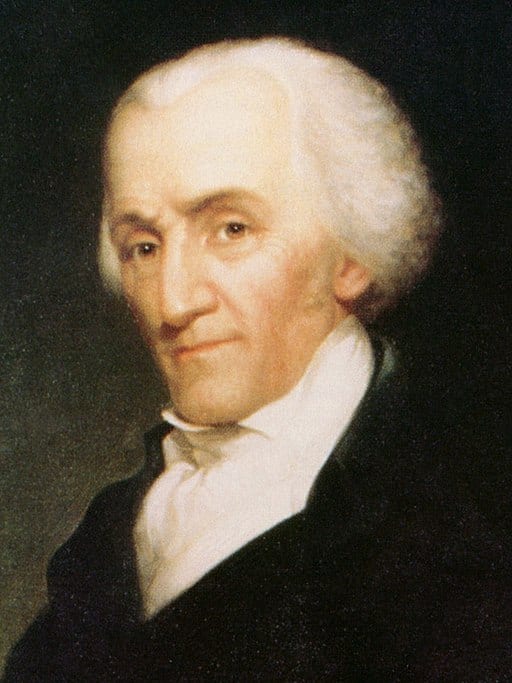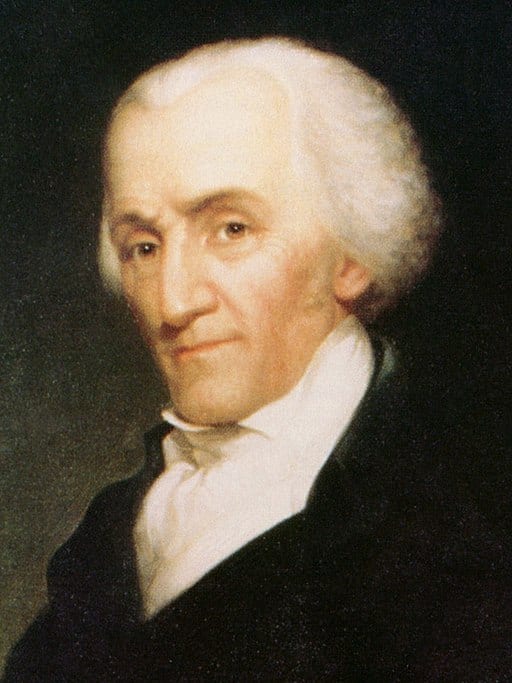Trending Now
Gerrymandering is just a weird word. Is it meandering? Is it about some dude named Gerry? It’s just strange, which sometimes takes away from how critically important it is to our voting process.
According to Encyclopedia Britannica, gerrymandering is the drawing of boundaries in electoral districts in a way that benefits one party.
Take a second to think about how you might draw a map of electoral districts. You’d think that they might be divided up evenly, in a grid pattern. Instead, they’re often drawn in exceedingly strange shapes that allow one political party (or voting group) to be dominant in areas they really should not be.
Sometimes gerrymandered maps are drawn to isolate the opposing party into a small number of districts where they might get 80 or 90% of the vote, allowing the governing party to win more of the other districts. Sometimes gerrymandered maps spread out the opposing party so that can’t win over 50% of votes in any district.
This process is called packing and cracking: you pack a bunch of people who vote one way into a few districts and spread the remainder out too thinly to win any of the other districts. This gives the map-drawers a considerable electoral advantage because they’ve basically chosen their own voters.
Not exactly how you’d think it should work in a democracy, right?

Photo Credit: Wikimedia Commons
The funny name for this practice actually does originate with a man named Gerry. It was his last name, though: Eldridge Gerry.
Gerry was James Madison’s vice president, and he was governor of Massachusetts in 1812. He allowed his party to create districts that favored them, including one that looked a bit like a salamander. An editorial cartoonist drew a picture of the district and named it a gerry-mander, and the name has stuck.
Gerry may have been unfairly blamed for this practice. He actually opposed the redistricting behind closed doors, but he still signed it into law.

Photo Credit: Wikimedia Commons
Though gerrymandering may be what he is best known for, Gerry actually made a much more important contribution to our government: he insisted that a Bill of Rights be drafted along with the Constitution. He even refused to sign until it was adopted.
The fight for fair voting districts continues today, and, given the recent Supreme Court decision stating that the issue of partisan gerrymandering (not to be conflated with racial gerrymandering) is nonjusticiable by the federal courts, it doesn’t look like it will be resolved anytime soon.






